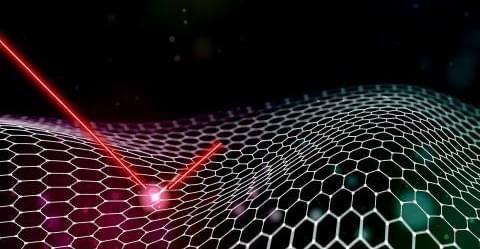When molecules form from many atoms, the atoms can combine in different ways. Two forms of the same molecule can have the same composition but have different arrangements of atoms, giving rise to isomers. Some isomers may have structures that are mirror images of each other. Such molecules are called chiral molecules. Scientists are interested in studying such molecules, for example, penicillin, because one arrangement can be a lifesaver while the other could be fatal!
Researchers shine extremely short pulses of light on molecules to take their videos during the processes of interest so that they can study the structure or formation of the molecule. The pulses are so short that they are measured in attoseconds. An attosecond is a billionth of a billionth of a second.
The light needs to be what is called circularly polarised to study chiral molecules. Different arrangements of a chiral molecule respond differently to circularly polarised light, making it possible to distinguish each arrangement. Though polarised attosecond pulses are a great tool for studying chiral molecules, generating such light pulses can be daunting, expensive, and needs bulky apparatus.
